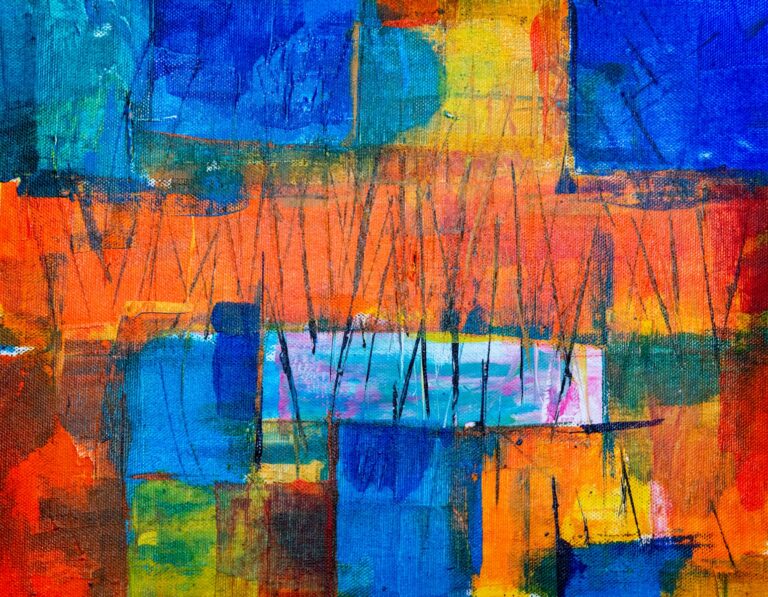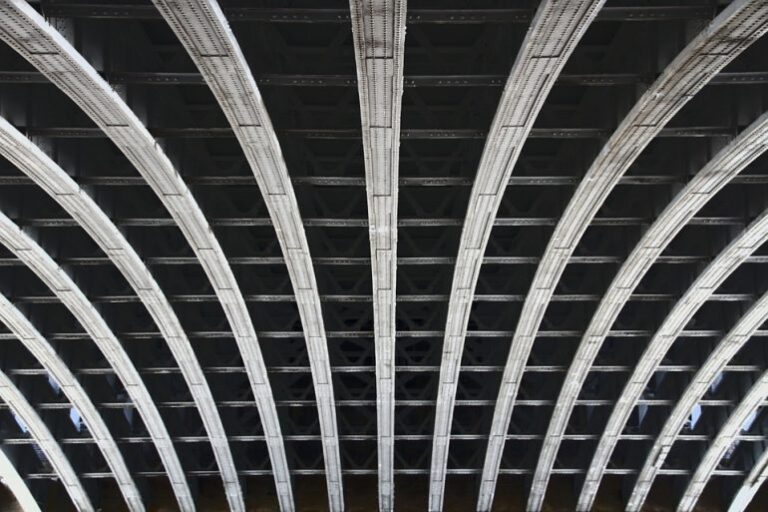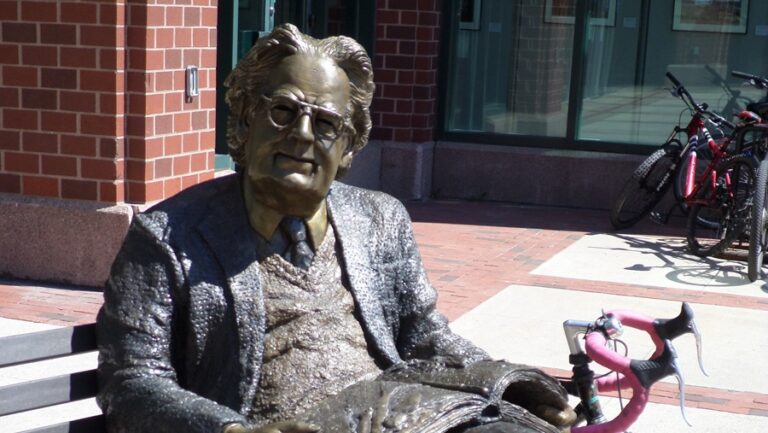Time and Opening Chapters: Gaining Trust
Lately I’ve been thinking about time in novels. How to manipulate it, whether it should be linear or nonlinear, and what that choice means for a story. I began to examine it more closely after a recent weekend novel workshop I took with Lauren Grodstein.




